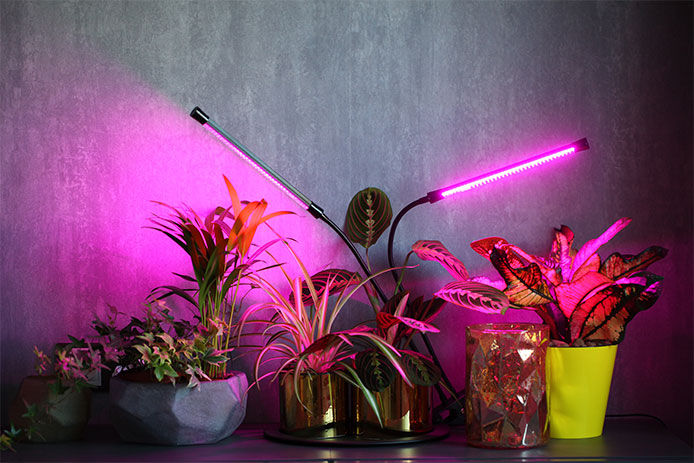Plants don’t need as much light during the winter months, but they should still have access to bright, indirect lighting. If you don’t have a well-lit area to place your plants, grow lights can help supplement them while living indoors.
How and When to Move Your Plants Indoors for Winter
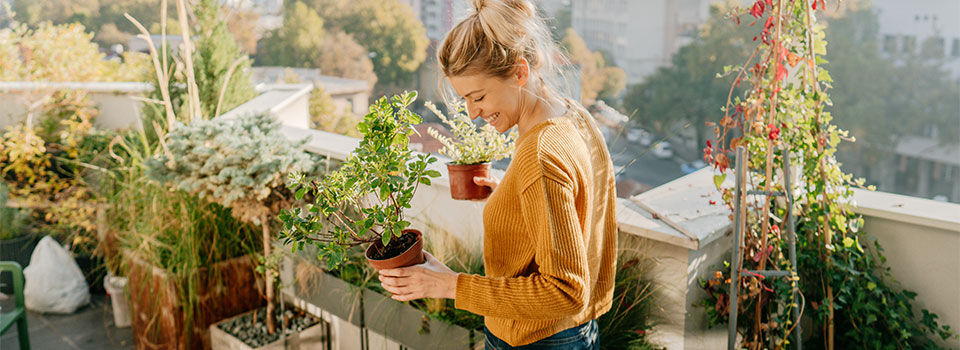
As temperatures begin to drop, it’s time to start thinking about moving those plants indoors. The timing of when you should move them may depend on where you live. Once the temperature starts to remain below 45 degrees Fahrenheit throughout the night, you should move them indoors. But don’t wait until the last minute! You’ll want to give yourself plenty of time - about a week or two - to transition your plants inside. Follow these five easy steps to keep your plants happy and healthy all winter long.
1. Clean Plants and Remove Bugs
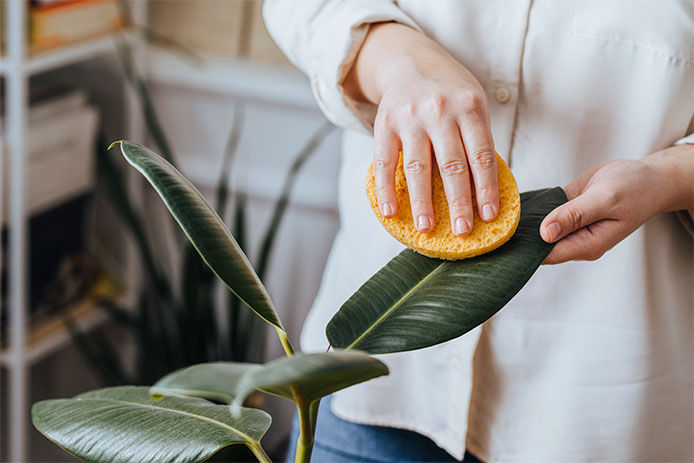
Once inside, you don’t want pests spreading around your home. Examine your plants outdoors and remove any insects you may find. Give them a nice spray of water and treat them with insecticidal soap. Even if your plants look bug-free, this is an important step to prevent an infestation later on.
2. Give Your Plants Time to Adjust
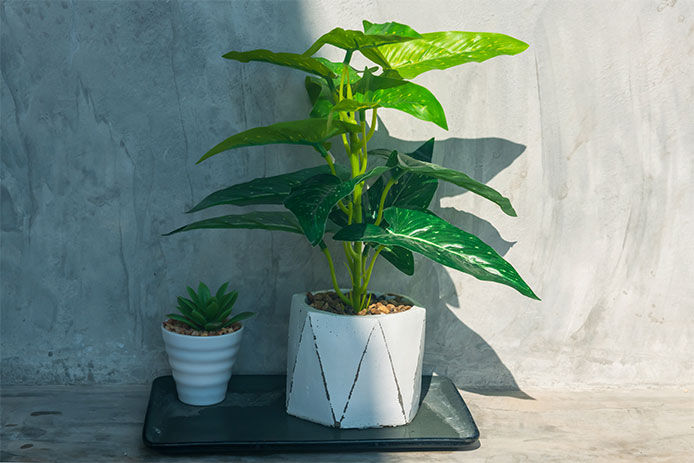
Chances are your outdoor plants are not used to low-light areas, so you’ll need to get them comfortable with the reduced house lighting. Start by moving them to the shade while still outdoors. Once they have been in low or indirect light for a week or two, check them for insects and clean them again as necessary.
3. Adjust Indoor Climate Conditions
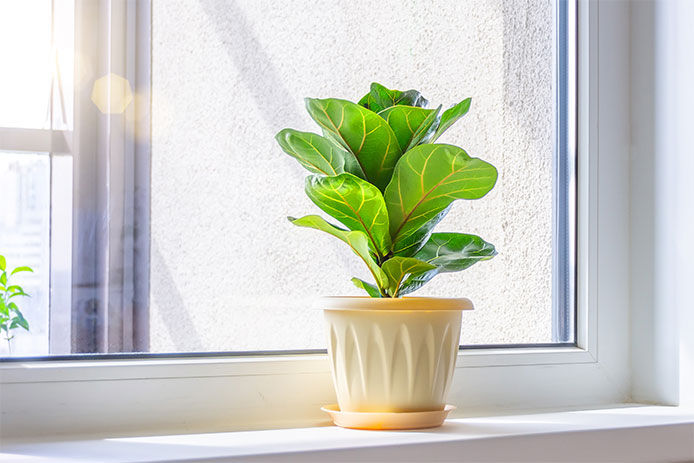
Once cleaned and acclimated, your plants can come inside. While indoors, your plants need to rest for the season. They won’t grow much, but when cared for properly should remain stable. To keep your plants thriving, they will need adequate light and humidity.
4. Reduce Water and Feedings
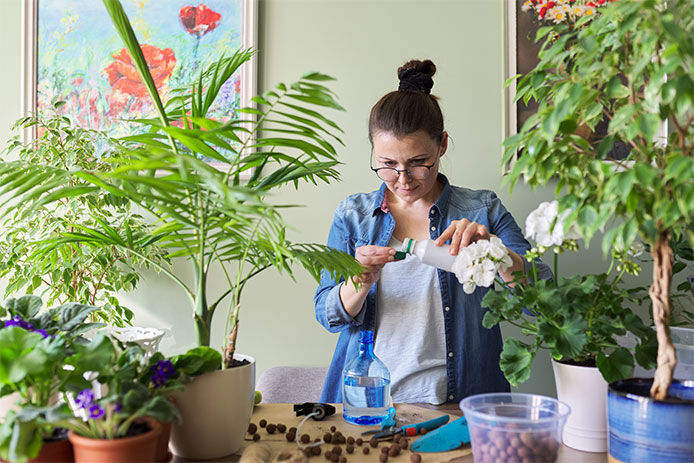
Because plants grow much slower in the winter, they will not need as much water or fertilizer. Limit watering to just enough so that your plants do not dry out, or once the top 1-2 inches of soil have become dry. Hold off on fertilizing your plants until about a month before they’re ready to go back outside for the season.
5. Transition Your Plants to Go Back Outdoors
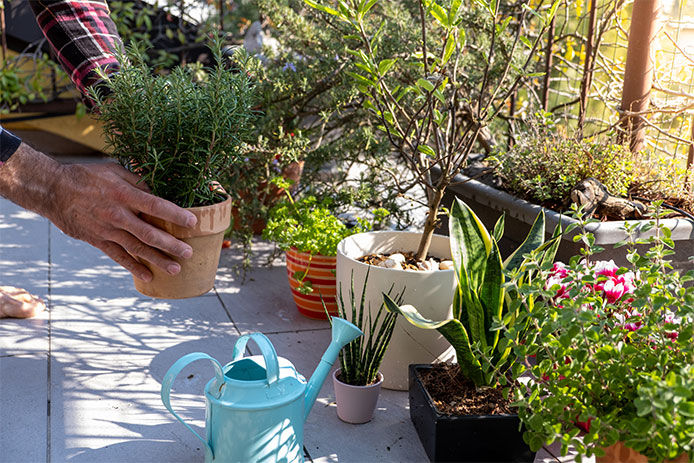
When the temperatures in your area begin to consistently stay above 45 degrees Fahrenheit throughout the night, your plants are safe to go back outside. Be sure to give them plenty of water once moved outdoors, and slowly transition them back into direct sunlight. Start them in the shade for a week or two, just like you did before bringing them inside.
When it comes to moving your plants indoors, it may seem like a burden to follow all of these steps. But, doing so will help ensure your plants stay healthy and alive during the harsh winter. Give yourself plenty of time to transition your plants properly and they will be thriving and ready to grow as the warmth of spring arrives!
